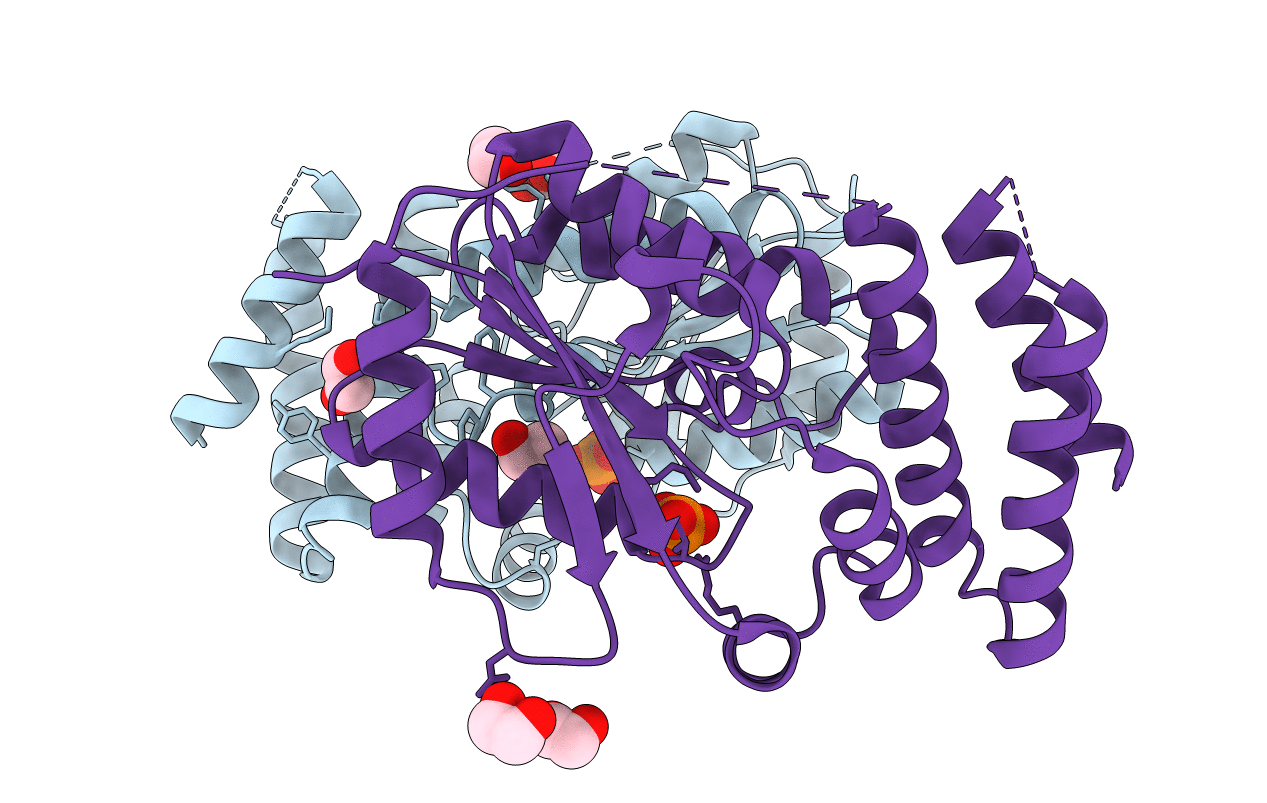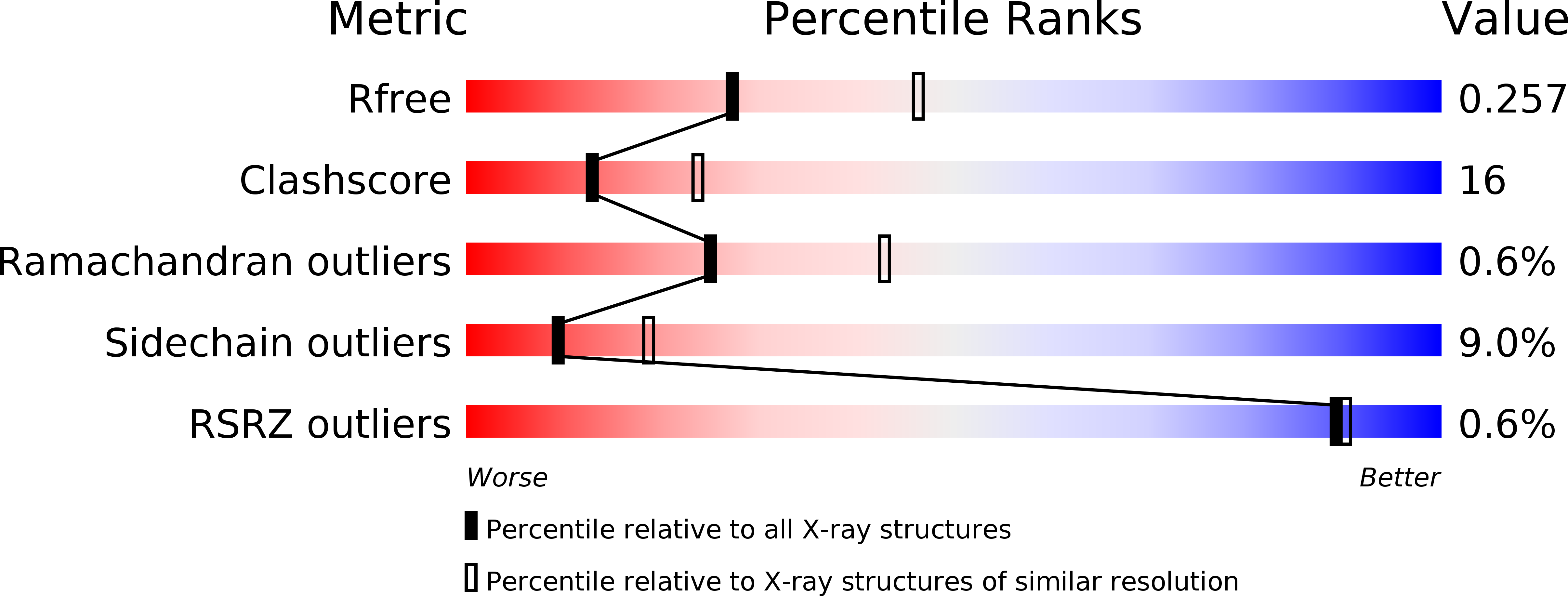
Deposition Date
2009-07-10
Release Date
2009-10-20
Last Version Date
2024-03-13
Entry Detail
PDB ID:
3A4N
Keywords:
Title:
Crystal structure of archaeal O-phosphoseryl-tRNA(Sec) kinase
Biological Source:
Source Organism:
Methanocaldococcus jannaschii (Taxon ID: 2190)
Host Organism:
Method Details:
Experimental Method:
Resolution:
2.50 Å
R-Value Free:
0.27
R-Value Work:
0.20
R-Value Observed:
0.20
Space Group:
P 1 21 1


